Outdated technology stacks drain resources, slow innovation, and create security vulnerabilities that threaten business continuity. Poor architectural decisions compound over time, leading to technical debt.
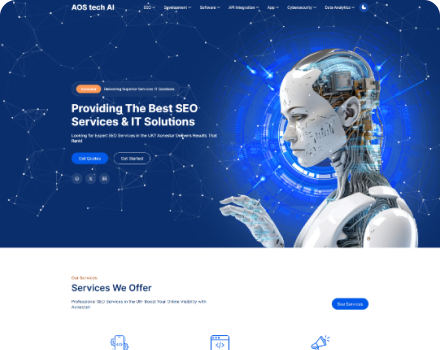
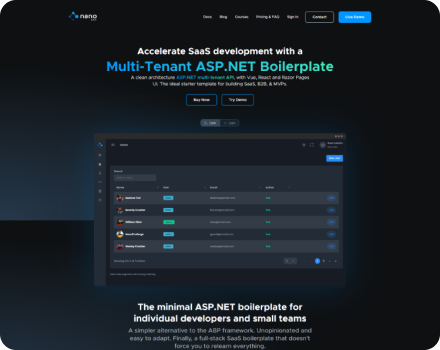
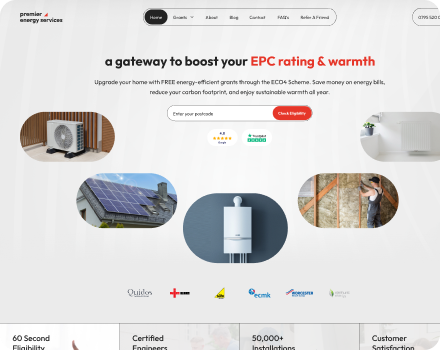
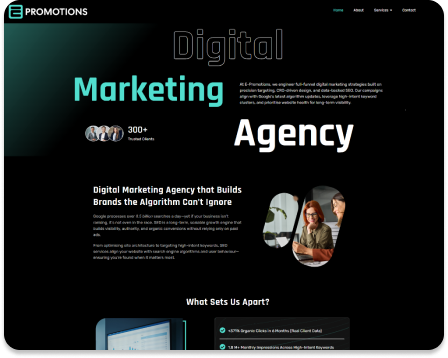

Cost reduction achieved through optimized stack
Performance improvement average
Faster development cycles enabled
Uptime improvement through strategic technology choices
Reduction in technical debt accumulated over 5+ years

Complete assessment of your existing technology infrastructure, identifying strengths, weaknesses, and integration points. We analyze performance bottlenecks, security vulnerabilities, and scalability limitations while documenting dependencies and data flows. Our team evaluates license costs, maintenance overhead, and technical debt accumulation. This foundational analysis provides the baseline for all subsequent recommendations and strategic decisions.
Identify critical gaps between current capabilities and business requirements, evaluating risks associated with outdated technologies. We assess vendor lock-in scenarios, end-of-life timelines, and compatibility issues that could impact future growth. Our evaluation includes market trend analysis and emerging technology opportunities. Risk matrices help prioritize modernization efforts based on business impact and technical complexity.


Provide tailored technology recommendations aligned with your business objectives, industry requirements, and team capabilities. We design migration strategies that minimize downtime and business disruption while maximizing long-term benefits. Our recommendations include cost-benefit analysis, implementation timelines, and resource requirements. Each suggestion comes with detailed justification and alternative options for different scenarios.
Develop strategies to enhance system performance, reliability, and scalability using optimal technology choices and architectural patterns. We identify opportunities for automation, caching improvements, and database optimization while planning for future growth scenarios. Our approach includes load testing recommendations and capacity planning guidelines. Performance monitoring strategies ensure sustained optimization post-implementation.


Create detailed implementation roadmaps with clear milestones, success criteria, and measurement frameworks to track progress and ROI. We establish baseline metrics and define key performance indicators that align with business objectives. Our roadmaps include resource allocation, training requirements, and change management strategies. Regular checkpoint reviews ensure projects stay on track and deliver expected outcomes.



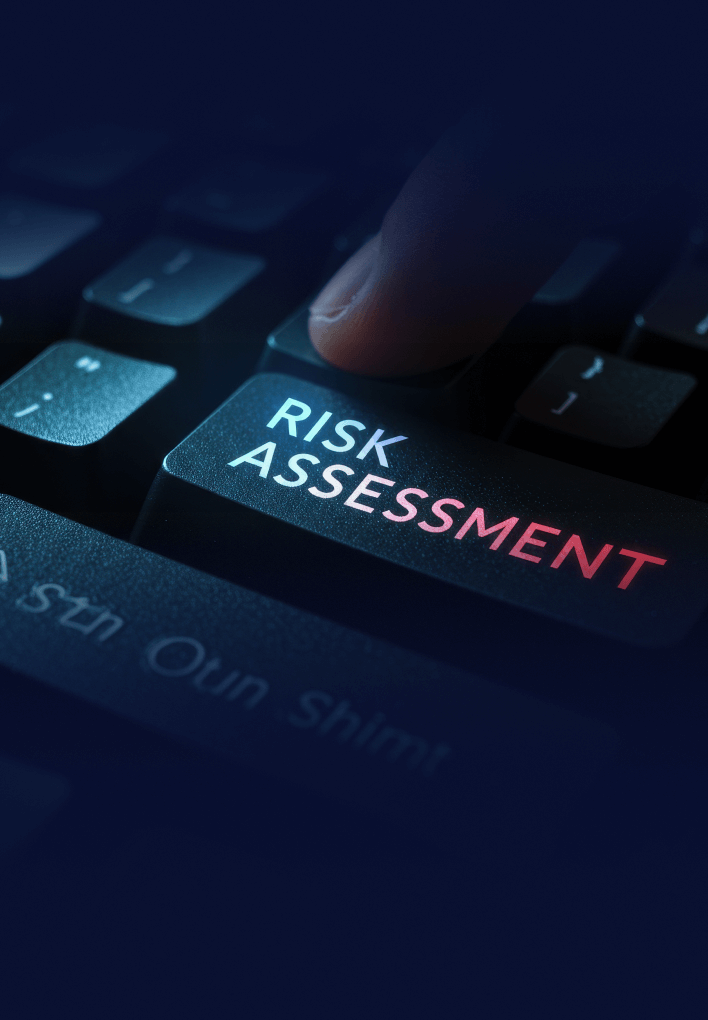


We begin with comprehensive stakeholder interviews and technical discovery sessions to understand your current technology landscape, business objectives, and operational constraints. Our team conducts detailed system audits, reviewing architecture documentation, performance metrics, and existing pain points. We analyze user workflows, integration requirements, and compliance needs to establish a complete picture of your technology ecosystem. This phase includes identifying key stakeholders, establishing project scope, and defining success criteria that align with your business goals.

Our expert team performs in-depth technical evaluation of your existing stack, including code quality assessment, security audits, and performance analysis. We evaluate each technology component against industry standards, best practices, and emerging trends to identify optimization opportunities. Database performance, API efficiency, and integration architecture receive special attention during this phase. We also assess team skills, development processes, and operational procedures to understand implementation constraints.

Based on our analysis, we develop detailed recommendations for technology stack optimization, including specific tools, frameworks, and architectural patterns. Each recommendation includes cost-benefit analysis, implementation complexity assessment, and risk evaluation. We provide multiple scenarios ranging from incremental improvements to complete modernization, allowing you to choose the approach that best fits your timeline and budget. Our recommendations consider long-term maintainability, scalability, and alignment with industry trends.

We create comprehensive migration plans that minimize business disruption while maximizing the benefits of new technologies. Our plans include detailed timelines, resource requirements, rollback strategies, and risk mitigation measures. We design phased approaches that allow for testing and validation at each stage, ensuring smooth transitions. Training plans, documentation updates, and change management strategies are integral parts of our migration planning process.

Our support continues through implementation with regular monitoring, optimization recommendations, and troubleshooting assistance. We provide ongoing consultation to ensure successful adoption of new technologies and achievement of projected benefits. Performance monitoring, cost tracking, and ROI measurement help validate the success of implemented changes. We also offer post-implementation reviews to identify additional optimization opportunities and ensure long-term success.

Start with what you need, customize as you go.
